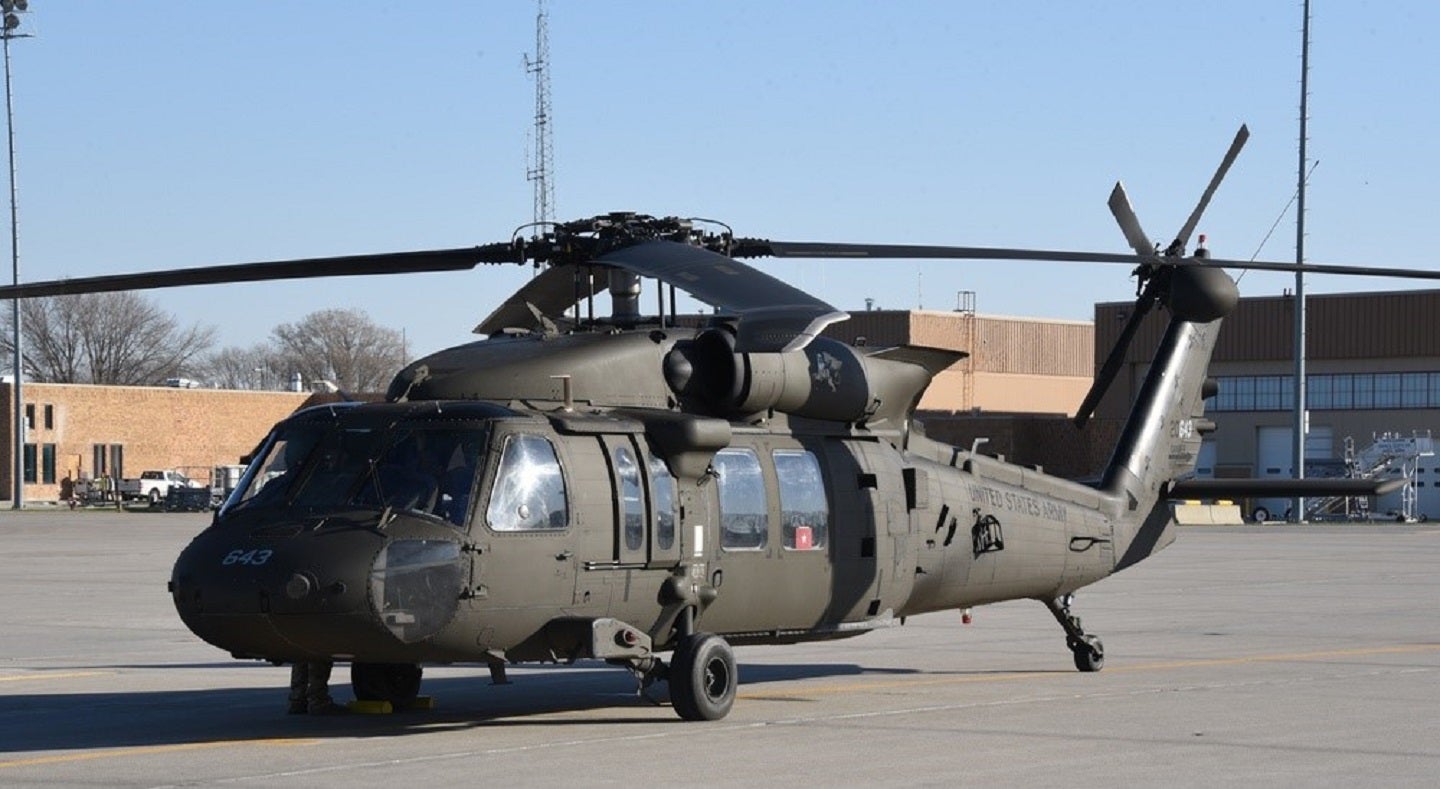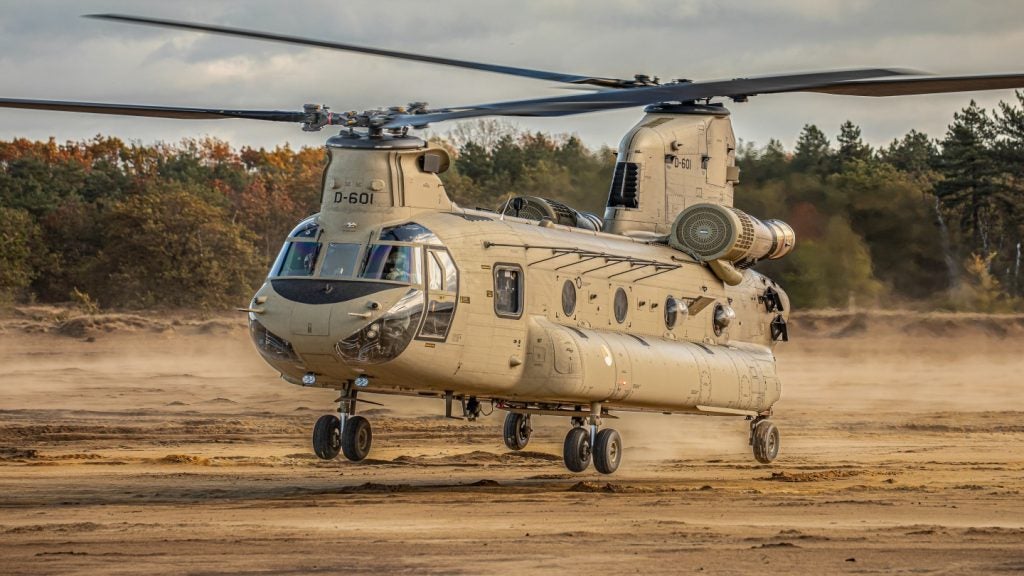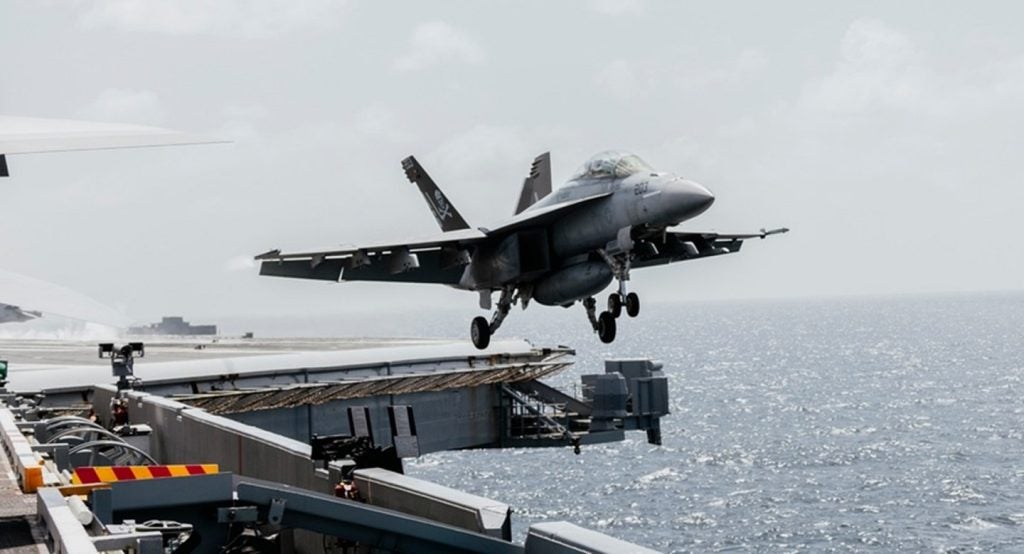
Israel Aerospace Industries (IAI), a global defence supplier, and Odysight.ai, an Arizona-based predictive maintenance company, have developed a health monitor system for UH60 helicopters.
The system is based on a multi-camera system that provides real-time monitoring of the rotorcraft systems’ health, ensuring the safety of operators.
Sikorsky, a Lockheed Martin subsidiary, is the original manufacturer of the UH-60M is the latest variant in the “Black Hawk” rotorcraft family of helicopters.
The UH-60M is a multi-mission helicopter that has been operational in the US Army since 1978. Sikorsky designates the UH-60 Black Hawk export version as S-70A. As of January 2023, Sikorsky has delivered 5,000 UH-60s to the US military.
Primarily, the Black Hawk provides transportation and logistical support. Operators can configure the rotorcraft to carry out medical evacuation, command-and-control, search-and-rescue, armed escort, electronic warfare and executive transport missions.
UH-60 health monitor system
The partners’ new visual health monitoring system provides a consumable view of the helicopter’s systems, detecting component degradation and early malfunction before problems become critical.
How well do you really know your competitors?
Access the most comprehensive Company Profiles on the market, powered by GlobalData. Save hours of research. Gain competitive edge.

Thank you!
Your download email will arrive shortly
Not ready to buy yet? Download a free sample
We are confident about the unique quality of our Company Profiles. However, we want you to make the most beneficial decision for your business, so we offer a free sample that you can download by submitting the below form
By GlobalDataThe health monitoring system uses Odysight.ai’s advanced visual sensing and video analytics technology. This includes multiple cameras, a processing unit, machine vision embedded software and Artificial Intelligence (AI)/Machine Learning (ML) models and algorithms to support a variety of predictive maintenance and condition-based monitoring solutions. The company strategically placed the cameras throughout the helicopter, capturing real time visual condition on various safety critical components.
IAI seeks to integrate and certify new capabilities in aerial vehicles, the company will incorporate this new technology into the UH60 as well as other improvements and systems that can be integrated in the avionic field.
“By connecting the power of cutting-edge video-based sensors and AI algorithms, this innovative solution will provide real-time insights into the health of safety critical aviation platforms,” Odysight.ai’s CEO, Yehu Ofer, stated. “This partnership highlights the potential of health monitoring systems for aerospace & aviation markets.”
The internet of military things market
GlobalData states that the future of war will test the co-operation between humans and intelligent networked things in its thematic research report on Internet of Military Things (2021), or IoMT.
IoMT will closely use and evolve with AI, including predictive analytics, machine learning, and neural networks, to understand human behaviour. Successful IoMT programmes will employ a wide variety of commercial off-the-shelf technologies.
GlobalData values the global Internet of Things (IoT) market at $486bn in 2020. The market will grow to $807bn by 2025, at a compound annual growth rate of 11% over the period. Furthermore, the intelligence company expects global C4ISR (command, control communications, computers, intelligence, surveillance and reconnaissance) revenue will reach nearly $260bn by 2030.
One problem that predictive maintenance in defence faces is that sensors use active electronics to continuously monitor environments, and this consumes power continuously. This can also limit the lifetime of sensors to months or less. This not only increases deployed troops’ exposure to danger but also the cost of deployment, as batteries must be frequently replaced or larger, more expensive batteries will be required.







